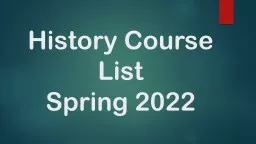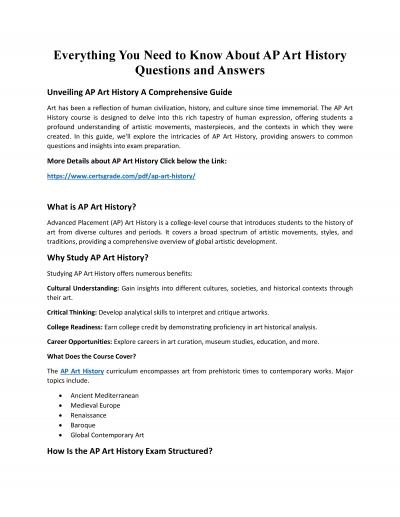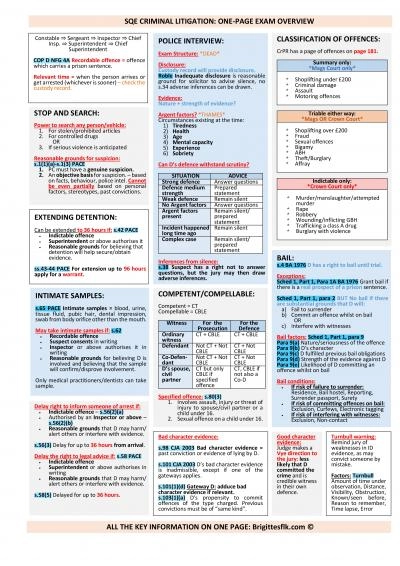PPT-AP World History Notes
Author : tatiana-dople | Published Date : 2016-11-26
Chapter 16 Religion and Science 14501750 The Scientific Revolution The Scientific Revolution Intellectual and cultural transformation Began in Europe Mid1500s to
Presentation Embed Code
Download Presentation
Download Presentation The PPT/PDF document "AP World History Notes" is the property of its rightful owner. Permission is granted to download and print the materials on this website for personal, non-commercial use only, and to display it on your personal computer provided you do not modify the materials and that you retain all copyright notices contained in the materials. By downloading content from our website, you accept the terms of this agreement.
AP World History Notes: Transcript
Download Rules Of Document
"AP World History Notes"The content belongs to its owner. You may download and print it for personal use, without modification, and keep all copyright notices. By downloading, you agree to these terms.
Related Documents

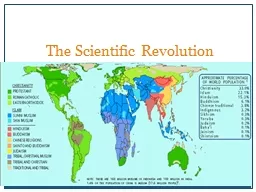
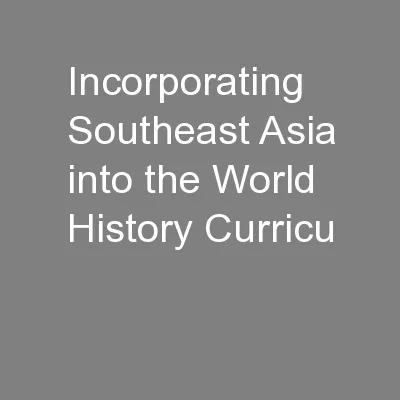
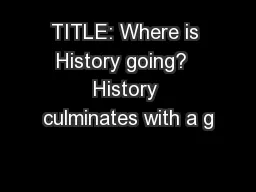
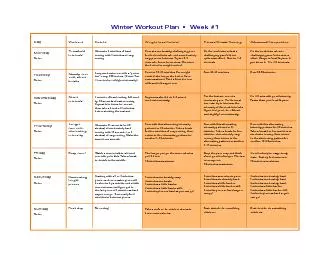
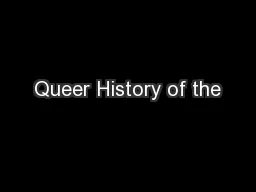
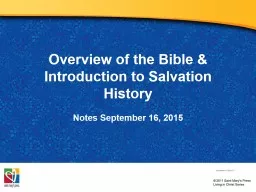
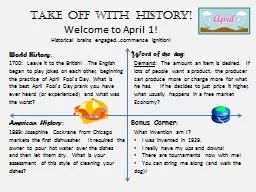
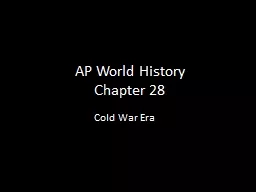
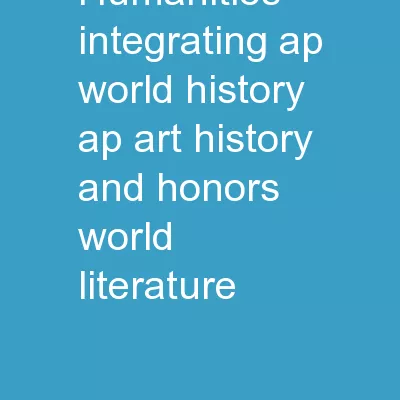
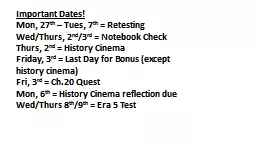
![[EPUB] - Sloth Cornell Notes Notebook: An 8.5 x 11 cornell notes notepad, cornell notes](https://thumbs.docslides.com/907355/epub-sloth-cornell-notes-notebook-an-8-5-x-11-cornell-notes-notepad-cornell-notes-pad-cornell-notes-book-note-taking-notebo.jpg)
